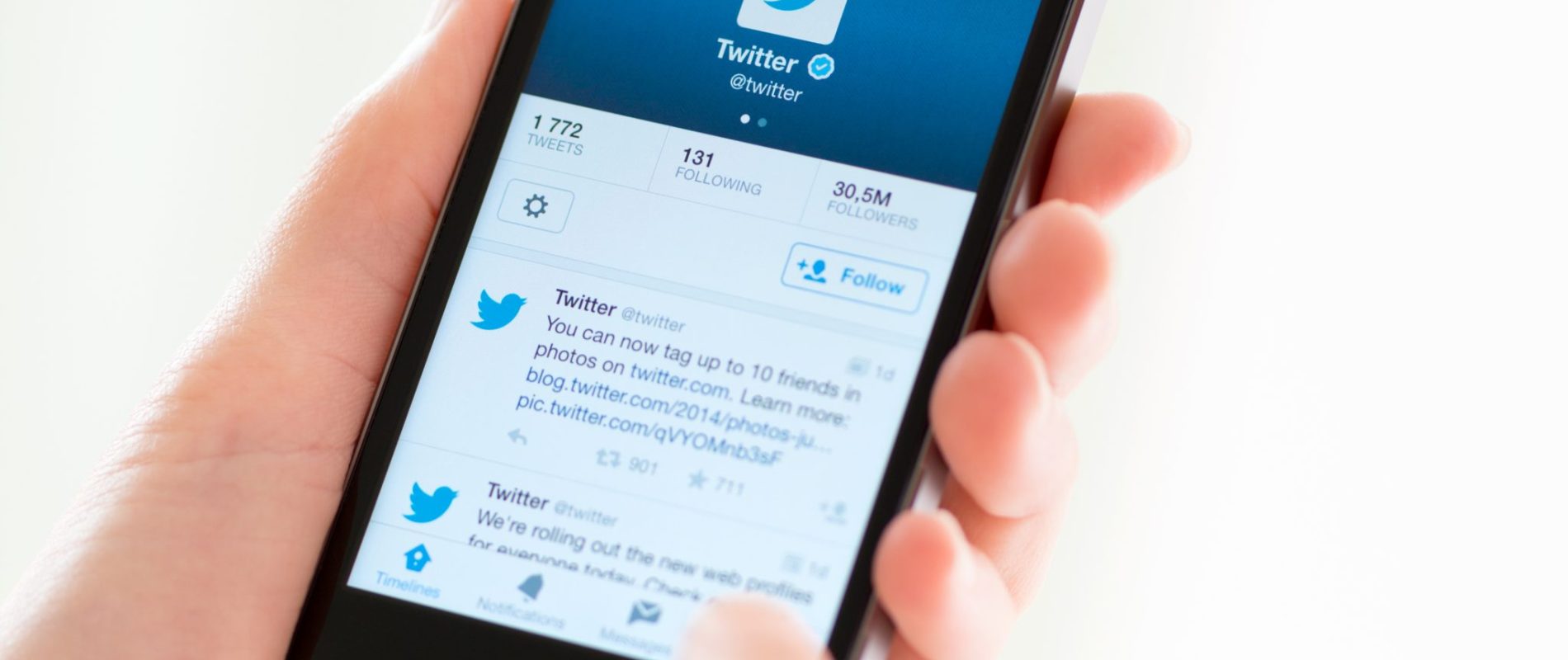
Is Anyone Reading Your Tweets?
Twitter isn’t kind to small businesses. Not really. I am not suggesting you shouldn’t have a presence on Twitter, just that it’s getting harder all the time for small businesses to make their presence felt. You probably Tweet but how do you know how effective it is?
Around 6000 new Tweets are posted every second. Yet, if you bother to look at the statistics, the average active account has less than 100 followers. So what is going on exactly, and how do you combat it?
Twitter allows individuals and businesses to post short messages of 140 characters or less. For its business model to work, followers have to do the heavy lifting. They have to respond to what its Tweeted or the point of the message is lost. This is probably why recent developments at Twitter HQ have seen the promotion of Twitter’s most famous users. Yet, these accounts may not be relevant to the average Twitter user.
Twitter certainly isn’t going to start promoting small business accounts any time soon. My own personal view is that small businesses only have a small window of opportunity to develop an active presence on Twitter. Soon enough it will only work for big brands and famous names.
Success boils down to finding your own followers and keeping them interested in your output. And there’s no point in trying to take shortcuts to building followers, because you want followers who actively engage with your message. And that is the heart of the problem for small businesses on Twitter: How do people find you?
Twitter Do’s and Don’ts
Let’s start with what you shouldn’t do.
Companies that simply try to sell or promote themselves directly will find it hard to get an audience to engage with their content. Twitter in particular needs to be approached in a more rounded way. You can certainly Tweet off-topic, but not off-message: It’s OK to be human. Tweet with integrity.
Many smaller accounts fail to follow others. This is a critical mistake. It’s important to follow people and businesses in your business ‘ecosystem’. Responding to others Tweets in a meaningful way is a good way to pick up followers. Also shadowing those who are conversant with Twitter should provide some inspiration.
Also don’t hide from customers or prospects messaging you directly through Twitter. Fast, helpful responses will generate loyalty and good word-of-Twitter.
Now a bit about what you should do.
Hashtags are one of your very best friends for developing your presence on Twitter. These are of course # followed by a word or phrases (with no spaces). These allow Twitter users to search for relevant content. The problem you may face initially is finding the hashtags that are relevant to your business. The quick way to find relevant hashtags is to use a tool such as hashtags.org. Popular hashtags become trending topics. Hashtags can appear anywhere in a Tweet but don’t over-do them. Use a maximum of two but preferably only one in any individual Tweet.
Tweet when your audience is likely to be using Twitter; this often means weekends. But it’s important to determine when your audience is likely to be online.
The composition of Tweets is important. The shorter the Tweet the more effective it’s likely to be. Aim for 100 characters or less. Also experiment with images. This is likely to double the amount of attention your Tweet receives.
Tweets that ask for some form of response work well. Thoughtful questions tend to get a good response rate. Also, if you want to be retweeted, ask your followers to do just that.
Don’t just rely on your own Tweets to build your presence. Interact with those business and people you follow. Be helpful.
And finally, link your Twitter output to other marketing. You can post your Tweets on your Facebook page or include your feed on your website or blog. The more joined up your social marketing is, the more effective it becomes.